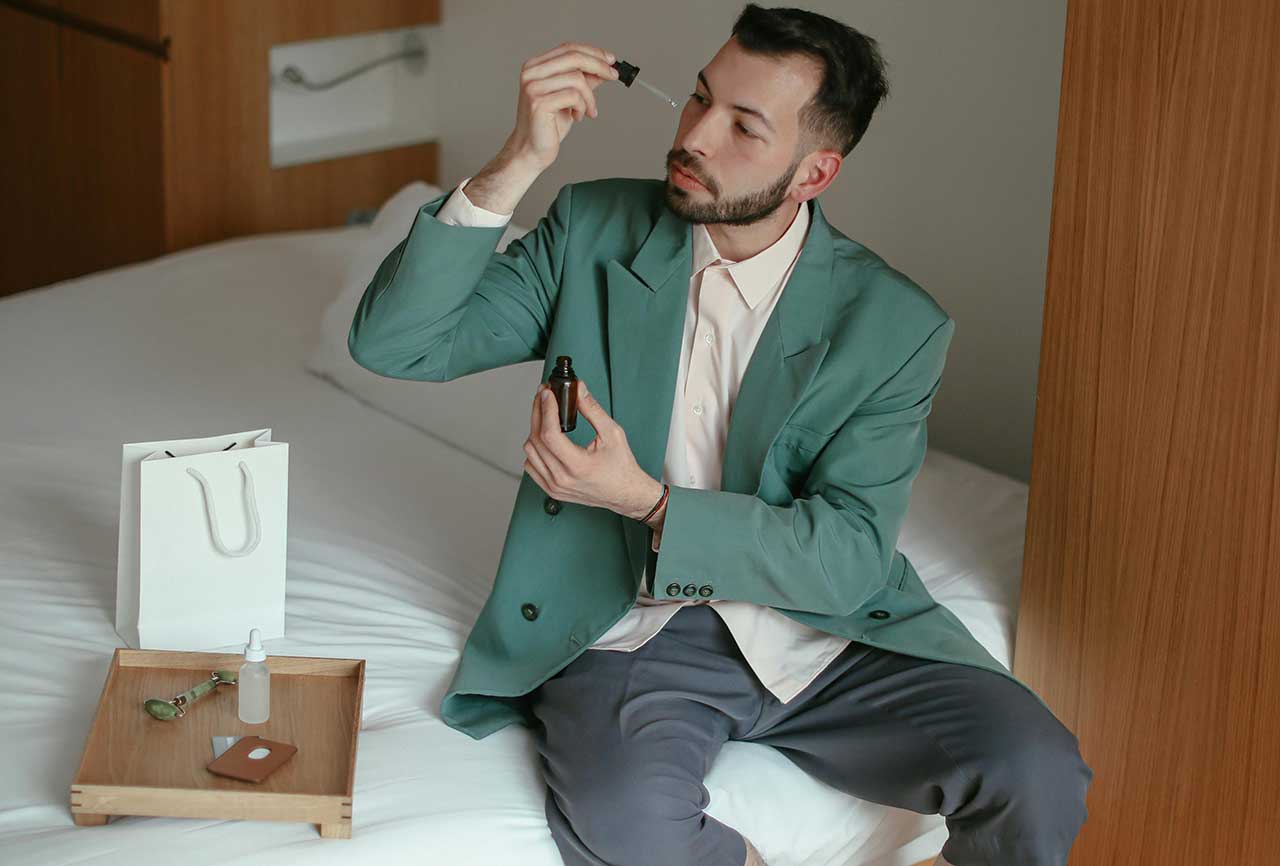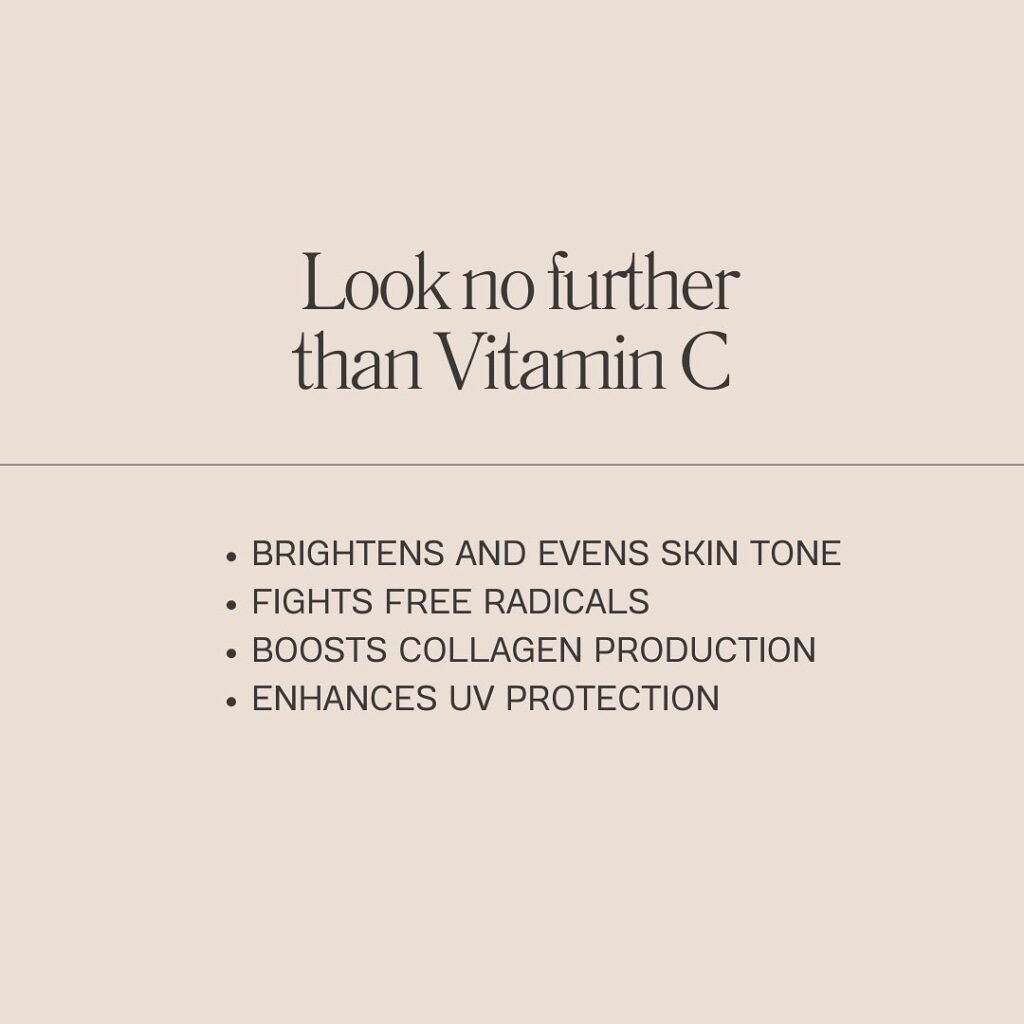What’s Inside a Face Serum? Complete Ingredient Guide for Pakistani Skincare Lovers

What is Serum?
Serums are nutrient-rich products that dermatologists swear by. They deliver heavily concentrated nutrients deep down the skin to address targeted concerns. The secrets to its popularity lie in its miracle ingredients, which make it an effective treatment for myriads of skin problems like dry and damaged skin, premature aging, uneven skin tone, acne, scarring and pigmentation, and many more.
What are the main ingredients in a Face Serum?
There are different types of serums based on the ingredients. They can be water, gel, or oil-based, each designed to cater to a particular skin type. Niacinimde, Vitamin C, retinol, hyaluronic acid, tretinoin, glycolic acid, and azelaic acid. If you are looking for an individualized serum for your skin type, hang in there tight. We are about to unravel the secrets of the serum by revealing the ingredients.
1. Niacinamide
Niacinamide is a type of Vitamin B3, which helps treat acne, dull and dry skin, and fine lines. Studies prove that it smoothens out wrinkles, fine lines and skin pigmentation. It also aids in the production of ceramides, which create a barrier on the skin against external toxins like dirt, pollution, and sun damage. It locks in the moisture to keep the skin hydrated. It also makes the skin smoother by minimizing the appearance of pores. According to WebMD, it is a lifesaver for people with acne. Because of its anti-inflammatory properties, it reduces the appearance of acne and soothes eczema.
How much Niacinamide is best in serums?
A concentration of 5% is sufficient. However, it is always best to start with a concentration of 2.5 and gradually increase it to 5%. Higher than that could be too harsh for the skin and may cause irritation. Let me help you find few good local and branded Niacinamide serums in Pakistan.
What not to use with Niacinamide?
Do not use Niacinamide with Salicylic Acid and Glycolic Acid, Alpha Hydroxy Acids (AHAs), and Beta Hydroxy Acids (BHAs).
2. Retinoids
Retinoids have antiaging properties. It helps with a faster skin turnover which leads to the production of collagen and the regeneration of new cells. It gives you a younger and plumper appearance and prevents acne by cleansing the pores and shrinking them. It also brightens dark spots.
Can I use Retinol everyday?
No, use it only twice a week initially for the first six months. Gradually increase the frequency of use.
Difference between Retinoid, Tretinoin and retinol?
Retinoids refer to all derivatives of vitamin A while Retinol and tretinoin are sub-types of retinoids.
Tretinoin and retinol
Tretinoin is the most potent retinoid and may cause more peeling of the skin than retinol. Tretinoin might be a better option for quicker results. If you are looking for a less aggressive solution retinol is the best option.
Concentration of retinoids
Always start with only a pea-size amount of 0.025 concentration initially.
How to use retinol for best results?
Use it in the evening on a clean face, before a moisturizer.
What not to use with retinoids?
Do not use retinoids with exfoliants like Alpha Hydroxy Acids (AHAs), Beta Hydroxy Acids (BHAs), and vitamin C as they might aggravate sensitivity and cause excessive dryness.
Best combination with retinoids
The best combination of retinol is with hydrating serums like Hyaluronic Acid and Peptides to soothe the skin.
3. AHAs
Alpha Hydroxy Acids (AHAs) are frequently used in serums in the form of lactic acid, glycolic, citric acid, and many more. Mainly used as an exfoliant, they revitalize the skin by removing the dead skin and allowing blood to circulate smoothly. It brightens complexion and reduces acne and wrinkles.
Concentration of AHA in serums
A concentration of 2 to 5% is safe to start with twice a week. You can gradually incorporate a higher concentration of 8 to 10% if your skin tolerates it well.
Purpose of AHAs
AHA is a chemical exfoliant that breaks down the top layer of dead skin cells to accelerate skin turnover which leads to the regeneration of fresh cells. It brightens dark spots, eliminates scars, helps with melasma, and prevents acne by cleaning up the pores.
4. BHAs
Beta Hydroxy Acids (BHAs) rejuvenate the skin by exfoliating dirt and dead skin treat acne due to its anti-inflammatory properties and prevent it by cleansing clogged pores.
Difference between AHA and BHA
AHAs are water-soluble and do not penetrate deeper unlike BHAs, which are oil-soluble and go deeper into the skin and unclog the pores. AHAs are best suited for treating dry skin while BHAs are best for oily skin. Many serums feature a combination of AHAs and BHAs to achieve maximum benefits.
5. Salicylic Acid
Salicylic acid is the most common type of BHA. It prevents breakout by deep cleaning clogged pores.
Best concentration of Salicylic Acid
A concentration of 0.5% once a week is best for beginners to avoid potential side effects like drying and itching of the skin. Once your skin gets used to the product you can increase the percentage up to 2% for maximum benefits.
Difference between Glycolic Acid and Salicylic Acid
Glycolic acid, an AHA, is the best choice for fine lines and dry skin while BHAs are best for preventing breakouts by regulating oil and cleansing pores.
6. Mandelic Acid
Mandelic acid, like the other types of AHAs exfoliates old skin. It significantly reduces fine lines, spots, pigmentation, and acne. It is best for sensitive skin as it absorbs slowly in the skin due to the large structure of its molecule.
What percentage of Mandelic Acid should you use?
You can use a concentration of 5% every other day initially and can gradually increase the percentage up to 15%.
7. Vitamin C
L-ascorbic acid is the most common type of vitamin C. It is abundant in antioxidants which protect the skin against free radicals and prevent wrinkles. Studies suggest that it evens the skin tone and reduces scars, spots, and pigmentation. The best combination of vitamin C is with vitamin E, ferulic acid, and hyaluronic acid. Apply it on clear dry skin and seal it with a moisturizer for best results.
What not to use with Vitamin C?
Do not use vitamin C with AHAs, BHAs, retinoids, niacinamides and benzoyl peroxide. These combinations might disturb the PH. level of the skin or irritate it by drying out the skin.

8. Hyaluronic Acid
Hyaluronic Acid, known for its exquisite capacity for retaining water, it hydrates the skin and enhances elasticity. Used in serums to keep the skin moisturized and to smoothen wrinkles and fine lines.
9. Kojic Acid
Kojic acid is used as a lightening agent in serums. It inhibits melanin formation in the skin. It helps with pigmentation, dark spots, scars, and sun damage. Use a concentration of less than one percent. Kojic acid works well in combination with salicylic acid and azelaic acid.
10. Vitamin E
Vitamin E is another valuable ingredient in serums for flawless skin. It treats dry and damaged skin by hydrating it. It also eliminates the appearance of wrinkles effectively by trapping moisture in the skin.
11. Green Tea
12. Glycerin
Glycerin, a common component in serum, moisturizes and replenishes the skin by locking in moisture. It gives the skin a youthful and dewy appearance.
13. Benzoyl Peroxide
Benzoyl peroxide treats acne by targeting acne-causing bacteria. It works well in combination with other hydrating serums like hyaluronic acid.
14. Ferulic Acid
A powerful antioxidant, known for its anti-aging benefits, it protects the skin against free radicals. It works well in combination with vitamin C and E. Do not use it with exfoliating serums. A concentration of 0.5% is best for brighter, even-toned, and younger skin. Apply a couple of drops on a clean dry face in the morning for maximum protection against sun damage and pollutants.
15. Ceramides
Ceramides hydrate and repair dry skin. It retains moisture. It also strengthens the outer layer of the skin. It works well in combination with other hydrating serums like hyaluronic acid, peptides, niacinamide, and glycerin. A concentration of 4% ceramides is effective for nourishing the skin.
16. Peptides
Peptides have also gained considerable popularity in the skin care industry. It leads to a plumper, firmer skin by boosting the production of collagen as well as elastin. Both these are essential proteins for skin health. It heals the skin and creates a protective barrier against toxins.
17. Azelaic acid
Azelaic acid, an antioxidant, is known for its skin-brightening effect. It reduces pigmentation, fades dark spots, and smoothens rough skin. It is also effective in treating acne as it cleanses the pores and eliminates acne-causing bacteria.
What to mix Azelaic Acid with?
Azelaic acid works miracles for acne-prone skin in combination with niacinamide. It works well as a brightening potion in combination with vitamin C or kojic acid.
Is 10% Azelaic Acid safe?
A concentration of 10 to 20% is ideal to achieve your required result.
FAQs
Which ingredients in serums are best for oily skin?
Niacinamide, hyaluronic acid, salicylic acid, retinol, benzoyl peroxide, and lactic acid are best for oily skin.
What ingredients to look for when you have dry skin?
When choosing a serum for dry skin look out for ingredients like hyaluronic acid, vitamin E, peptides, glycerin, and ceramides.
Can Serums be used in Pregnancy?
Studies suggest that ingredients like Retinoid, Salicylic acid and Benzoyl Peroxide are not safe in Pregnancy.
Are these ingredients in the local market, exclusively imported?
Many local brands manufacture serums to meet the increasing demand. Along with imported products these ingredients are easily available in the local brands as well.
Do’s and Dont’s of Using Face Serums
- Use the right serum according to your skin type.
- Apply serums on clean face.
- Always do a patch test before using a new product on the face.
- Use consistently.
- Use the right amount of the product.
- Use sunscreen as some serums might increase photosensitivity.
- Be patient. Serums usually take 4 to 6 weeks to show results.
- Discontinue using the product if you notice irritation.
- Do not use serums on broken skin.
The Bottom Line
Now that the mysteries of the most common ingredients of the serum are unraveled, choosing a serum suited to your skin type will not be a cumbersome task. However, you should know that though serums have become an indispensable part of our skin-care routine to achieve a flawless appearance, they can never be an alternative for poor lifestyle choices. Your overall well-being plays a crucial role in determining your skin condition.
About Mahrukh Kureshi
As a content and copywriter, I focus on creating helpful, trustworthy content that actually answers what people are searching for. I don't just write; I find out people's pain points and then carry out proper research to give them the solutions they're looking for. As for all the skincare-related content is concerned, it is written in collaboration with certified dermatologists and reviewed by skincare professionals, so the information is always on-point. With so much misinformation and uncited details online, I bring you content grounded in facts, not guesswork!
View all posts by Mahrukh Kureshi





